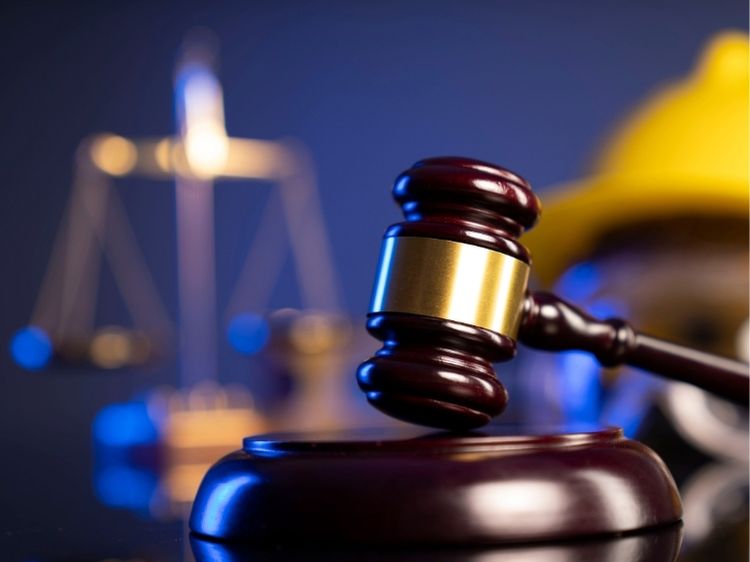Product Liability Lawsuits: A Comprehensive Guide
Introduction: When you purchase a product, the last thing on your mind is the possibility of it causing harm. However, every year, thousands of consumers find themselves dealing with injuries or damages due to defective products. This is where product liability lawsuits come into play. These lawsuits are a legal avenue for consumers to seek compensation when a product fails to perform as expected and causes harm. But what exactly does a product liability lawsuit entail? Let’s dive in.
Understanding Product Liability
What is Product Liability? Product liability refers to the legal responsibility of manufacturers, distributors, suppliers, and retailers for any injuries their products may cause. In essence, if a product is found to be defective and causes harm, those involved in the product’s production and distribution chain could be held liable.
Types of Product Defects: Product liability lawsuits typically revolve around three types of defects:
- Design Defects: These are flaws inherent in a product’s design, making it unsafe even before it’s manufactured.
- Manufacturing Defects: These occur during the production process, resulting in a product that deviates from its intended design, leading to potential hazards.
- Marketing Defects: Often related to inadequate instructions or failure to warn consumers about potential risks, these defects are also known as “failure to warn” claims.
The Legal Basis for Product Liability Lawsuits
Strict Liability: In many product liability cases, the concept of strict liability applies. This means that a plaintiff doesn’t have to prove negligence on the part of the manufacturer or seller. Instead, they only need to show that the product was defective and that the defect directly caused their injury.
Negligence: Some product liability lawsuits are based on negligence, where the plaintiff must prove that the defendant failed to exercise reasonable care in the product’s design, manufacture, or distribution.
Breach of Warranty: Products often come with warranties, either express (explicitly stated) or implied (unwritten, assumed by law). When a product fails to meet these warranties, consumers may file a lawsuit under breach of warranty.
Steps to Filing a Product Liability Lawsuit
- Gather Evidence: The first step in any product liability lawsuit is to gather evidence. This could include the defective product itself, medical records, receipts, and any communication with the manufacturer or seller.
- Identify the Responsible Parties: Determining who to sue can be complicated, as multiple parties may be involved in the production and distribution of the product. It’s essential to identify all potentially liable parties, from the manufacturer to the retailer.
- Consult a Lawyer: Product liability cases can be complex, so it’s crucial to consult with a lawyer who specializes in this area. They can help you understand your rights and guide you through the legal process.
- File the Lawsuit: Once you’ve gathered the necessary evidence and identified the responsible parties, your lawyer will help you file the lawsuit. This typically involves drafting a complaint that outlines your case and the damages you’re seeking.
Common Challenges in Product Liability Lawsuits
Proving the Defect: One of the biggest challenges in a product liability lawsuit is proving that the product was defective. This often requires expert testimony to demonstrate how the defect occurred and how it led to the injury.
Statute of Limitations: Every state has a statute of limitations, or a time limit, for filing a product liability lawsuit. If you miss this deadline, you may lose your right to seek compensation.
Comparative Fault: In some cases, the defendant may argue that the plaintiff was partially responsible for their injury. This is known as comparative fault and can reduce the amount of compensation a plaintiff receives.
The Role of Product Recalls
What is a Product Recall? A product recall occurs when a manufacturer or regulatory body decides that a product poses a risk to consumers and needs to be removed from the market. Recalls can be voluntary or mandated by government agencies such as the Consumer Product Safety Commission (CPSC).
Impact on Lawsuits: If a product has been recalled, it can significantly impact a product liability lawsuit. A recall can serve as evidence that the product was defective, but it doesn’t automatically mean the manufacturer will be held liable. Plaintiffs must still prove that the defect caused their injury.
FAQs on Product Liability Lawsuits
Q: Can I file a product liability lawsuit if I wasn’t the one who purchased the product? A: Yes, you can. In many cases, anyone who was injured by a defective product, regardless of who purchased it, can file a lawsuit.
Q: What damages can I recover in a product liability lawsuit? A: You can recover various types of damages, including medical expenses, lost wages, pain and suffering, and, in some cases, punitive damages.
Q: How long do I have to file a product liability lawsuit? A: The statute of limitations varies by state, but it typically ranges from one to six years. It’s crucial to consult with a lawyer to determine the specific deadline for your case.
Q: Do I need to prove that the manufacturer was negligent? A: Not necessarily. In strict liability cases, you only need to prove that the product was defective and caused your injury. Negligence is not a requirement.
Conclusion
Product liability lawsuits are essential in holding manufacturers and sellers accountable for the safety of their products. While these cases can be complex, understanding the basics can help you navigate the legal process more effectively. If you’ve been injured by a defective product, it’s important to act quickly, gather evidence, and consult with a qualified lawyer to ensure your rights are protected.
Authoritative Links:

